
The image shows a colony of the Flavobacterium IR1, 2 cm in diameter, growing on a nutrient agar plate. The cells in the colony are highly organized, thus forming a 2-D photonic crystal that interferes with light. This results in structurally colored bright and angle-specific hues with a concentric ring pattern indicating subtle changes in organization. The older cells of IR1 in the colony center are more disorganized and therefore loses color. IR1 can be genetically modified from this wild-type strain to create new, living photonic structures. Credit: University of Cambridge
Researchers have unlocked the genetic code behind some of the brightest and most vibrant colors in nature. The paper, to be published in the journal PNAS, is the first study of the genetics of structural color — as seen in butterfly wings and peacock feathers — and paves the way for genetic research in a variety of structurally colored organisms.
The study is a collaboration between the University of Cambridge and Dutch company Hoekmine BV and shows how genetics can change the color, and appearance, of certain types of brightly-colored bacteria. The results open up the possibility of harvesting these bacteria for the large-scale manufacturing of nanostructured materials: biodegradable, non-toxic paints could be ‘grown’ and not made, for example.
Flavobacterium is a type of bacteria that packs together in colonies that produce striking metallic colors, which come not from pigments, but from their internal structure, which reflects light at certain wavelengths. Scientists are still puzzled as to how these intricate structures are genetically engineered by nature, however.
“It is crucial to map the genes responsible for the structural coloration for further understanding of how nanostructures are engineered in nature,” said first author Villads Egede Johansen, from Cambridge’s Department of Chemistry. “This is the first systematic study of the genes underpinning structural colors — not only in bacteria, but in any living system.”
The researchers compared the genetic information to the optical properties and anatomy of wild-type and mutated bacterial colonies to understand how genes regulate the color of the colony.
By genetically mutating the bacteria, the researchers changed their dimensions or their ability to move, which altered the geometry of the colonies. By changing the geometry, they changed the color: they changed the original metallic green color of the colony in the entire visible range from blue to red. They were also able to create duller coloration or make the color disappear entirely.
“We mapped several genes with previously unknown functions and we correlated them to the colonies’ self-organizational capacity and their coloration,” said senior author Dr. Colin Ingham, CEO of Hoekmine BV.
“From an applied perspective, this bacterial system allows us to achieve tunable living photonic structures that can be reproduced in abundance, avoiding traditional nanofabrication methods,” said co-senior author Dr. Silvia Vignolini from the Cambridge’s Department of Chemistry. “We see a potential in the use of such bacterial colonies as photonic pigments that can be readily optimized for changing coloration under external stimuli and that can interface with other living tissues, thereby adapting to variable environments. The future is open for biodegradable paints on our cars and walls — simply by growing exactly the color and appearance we want!”
Reference: “Living colors: Genetic manipulation of structural color in bacterial colonies” by Villads Egede Johansen, Laura Catón, Raditijo Hamidjaja, Els Oosterink, Bodo D. Wilts, Torben Sølbeck Rasmussen, Michael Mario Sherlock, Colin J. Ingham and Silvia Vignolini, 22 February 2018, PNAS.
DOI: 10.1073/pnas.1716214115

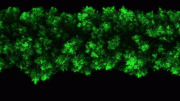
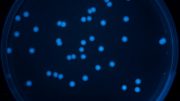
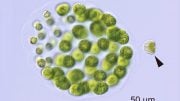
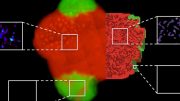

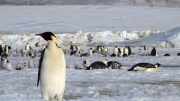
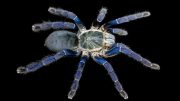
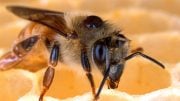
Be the first to comment on "Scientists Unlock Genetic Code Behind Nature’s Most Vibrant Colors"